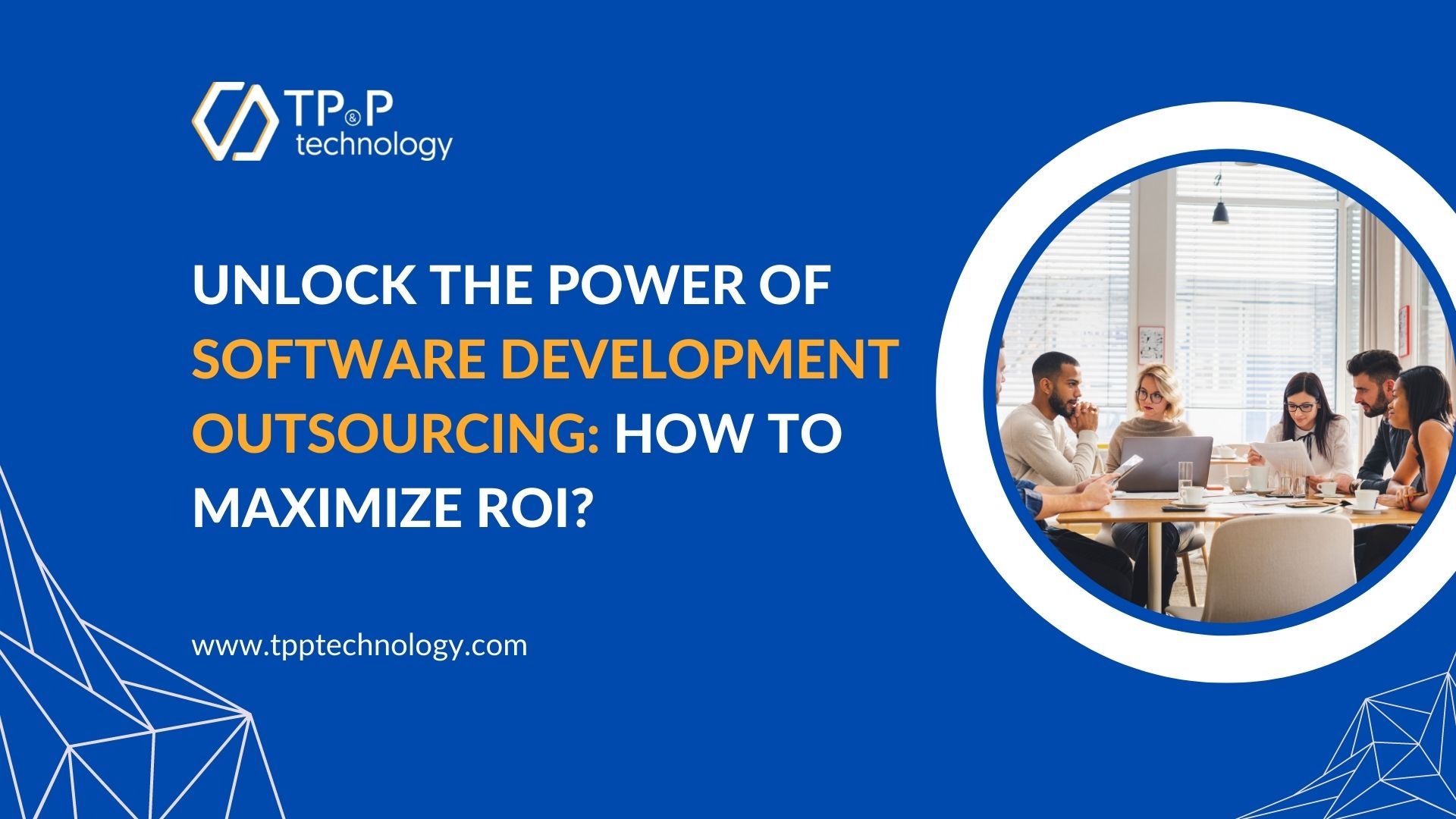
Unlock the Power of Software Development Outsourcing: How To Maximize ROI?
In today's rapidly advancing technological world, software development outsourcing has become a popular strategy for businesses to optimize their resources and enhance their products' quality. However, outsourcing comes with its own set of challenges and risks that need to be managed effectively to maximize return on investment (ROI). Therefore, it's crucial to understand the best practices for successful outsourcing and avoid common pitfalls.
In this blog, we'll provide you with some practical tips to help you achieve success with your outsourced software development project.
What is ROI & Its Benefits For Business
ROI is a way for businesses to figure out if their investments were profitable or not. It's like a measuring tape that helps them see how much money they made compared to how much they spent. You can find the ROI by dividing the profit you got from an investment by how much you put in.
When a business decides to outsource software development, they can use ROI to measure how well it's working. If the ROI is high, it means that the project was finished on time, within budget, and met the required quality standards. But if the ROI is low, it could mean there were issues with how the project was managed, communication, or the quality of work.
When businesses calculate the ROI of outsourcing their software development projects, it helps them discover where problems are happening and why the performance is not good. Once they identify the reasons, they can take steps to fix them. This may include improving communication with the outsourcing partner, implementing better project management techniques, or selecting a new outsourcing partner.
Measuring ROI is a useful practice for businesses that outsource their software development projects, as it allows them to make informed decisions and optimize their investment for maximum returns.
How to Maximize ROI with Custom Software Development Outsourcing
Define your project's goals and expectations
Before you start your project, it's crucial to have a clear understanding of what you want to achieve. This means defining your project's objectives in detail. By doing this, you can ensure that everyone is working towards the same goals, and you can get the most out of your investment.
One way to define your project's objectives is by creating a project brief that outlines the scope of the project, the goals you want to achieve, the budget and timeline, and any other important details. This document should be shared with your development team and any other stakeholders involved in the project.
Identify customer needs
Understanding your customers' needs and expectations is crucial for creating a successful product. This means gathering feedback and insights from your target market to ensure that your product meets their most pressing requirements.
One way to gather customer feedback is by conducting user research. This can include surveys, interviews, and usability testing. By getting direct feedback from your customers, you can identify pain points and areas where your product can be improved.
Select the right partner
Selecting the right development partner is critical for achieving your project goals. Look for a company with a proven track record of delivering high-quality work on time and within budget. Make sure they have experience in your industry and with the technologies you plan to use.
To ensure that you're choosing a reliable partner, conduct thorough research before making a decision. This can include reviewing their portfolio, checking their references, and asking for a detailed proposal that outlines their approach to your project.
In addition to reliability, it's important to consider the cost and value that a potential partner brings to the table. By comparing potential partners and selecting the one with the best cost-to-value ratio, you can avoid wasting money on unanticipated expenses and get a clearer picture of the project's ROI.
Start with a minimum viable product (MVP)
To minimize risk and save time and money on development, consider starting with an MVP. This approach allows you to focus on the essential features that matter most to your customers, get feedback early on, and iterate on your product based on that feedback.
An MVP is a basic version of your product that includes only the most critical features. By starting with an MVP, you can test your product idea, get feedback from users, and shape future versions of the product. This approach can also help you reduce risk and make the most of your ROI.
Track progress
To ensure that your project stays on track and meets your expectations, it's crucial to monitor progress and performance throughout the development process. This means using project management tools to track progress, set benchmarks to measure performance, and regularly communicate with your development partner to keep everyone aligned.
In addition to tracking progress, it's important to have a clear understanding of your project's ROI. This means defining your project's key performance indicators (KPIs) and tracking them over time. Some common KPIs for software development projects include cost per feature, time to market, and customer satisfaction.
In conclusion, software development outsourcing can be an effective way to maximize ROI if done correctly. By following the tips we have discussed in this post, you can ensure that your outsourcing project is successful and delivers quality software solutions that meet your requirements.



